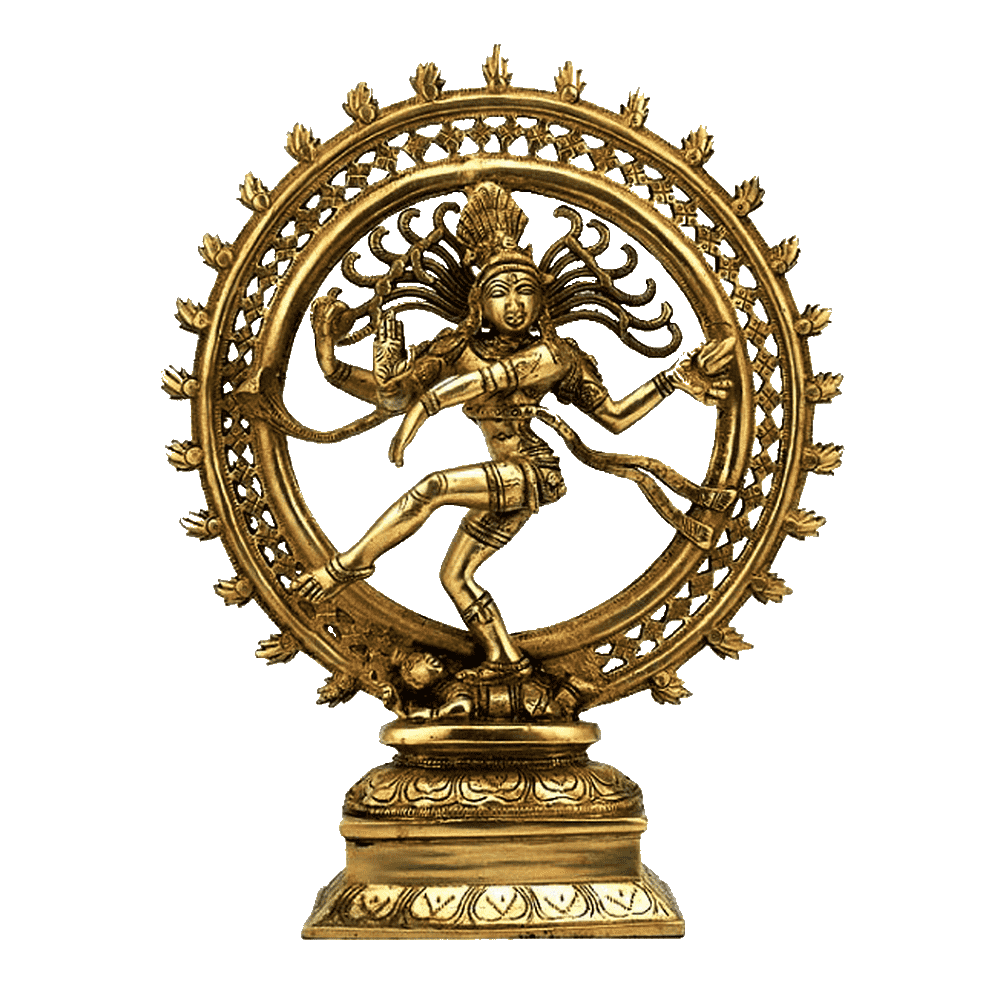
Vaiṣṇava
Vaikhanasas, Pancharatra: Bhakti-Oriented Tantras of Kṛṣṇa and Rāma
Introduction:
The Vaiṣṇava tradition within Hinduism is characterized by its devotion to Lord Viṣṇu, especially in his forms as Kṛṣṇa and Rāma. The Vaikhanasas and Pancharatra are prominent sub-traditions that emphasize bhakti (devotion) and ritual worship. This article explores the significant texts and Āgamas within these traditions, which guide devotees in their spiritual practices and devotion to the divine.
The Bhakti-Oriented Tantras:
The Vaikhanasas and Pancharatra tantras form the foundation of the bhakti-oriented Vaiṣṇava traditions. They offer systematic guidelines for temple worship, rituals, and devotional practices that enable devotees to cultivate a deep and loving relationship with the divine.
Pancharatra Saṃhitā Texts:
The Pancharatra Saṃhitā texts are a collection of sacred scriptures that provide detailed instructions for deity worship and devotional practices. These texts focus on various forms of Lord Viṣṇu and describe rituals for his worship, especially in temple settings. Some important Pancharatra Saṃhitā texts include Ahirbudhnya, Jayākhya, Pārameśvara, Pauśkara, Pādma, Nāradīya, Haṃsaparameśvara, Vaihāyasa, and Śrīkālapraā Saṃhitā.
Ahirbudhnya Saṃhitā, Jayākhya saṃhitā, Pārameśvara saṃhitā, Pauśkara saṃhitā, Pādma saṃhitā, Nāradīya saṃhitā, Haṃsaparameśvara saṃhitā, Vaihāyasa saṃhitā, and Śrīkālapraā saṃhitā are specific texts within the Pāñcarātra saṃhitā tradition, each offering unique insights into worship and devotion.
Vaikhanasa Āgamas:
The Vaikhanasa Āgamas are a set of sacred texts that outline the ritualistic practices and guidelines for temple construction, consecration, and worship. These Āgamas emphasize the worship of Lord Viṣṇu in the form of Govinda or Rāma and provide detailed instructions for daily temple rituals, festivals, and spiritual offerings.
Gautamīya Tantra:
The Gautamīya Tantra is a significant Vaiṣṇava scripture that expounds on the worship of Lord Viṣṇu in the form of Kṛṣṇa. This tantra focuses on the worship of Kṛṣṇa as the supreme personality of Godhead and highlights the importance of devotion and surrender to attain spiritual liberation.
Bṛhadbrahma Saṃhitā:
The Bṛhadbrahma Saṃhitā is a sacred text that presents the glories and worship of Lord Rāma. It offers insights into the divine qualities of Rāma and provides guidance on devotional practices to establish a deep connection with the Lord.
Māheśvara Tantra:
The Māheśvara Tantra, although predominantly a Śaiva text, also contains sections devoted to the worship of Lord Viṣṇu and the practice of bhakti. This integration of both Śaiva and Vaiṣṇava elements showcases the harmonious coexistence of different traditions within Hinduism.
Sātvata Tantra and Rādhā Tantra:
The Sātvata Tantra focuses on the worship of Lord Kṛṣṇa, particularly in his form as the Supreme Personality of Godhead. The Rādhā Tantra, on the other hand, centers around the worship of Goddess Rādhā, the eternal consort of Lord Kṛṣṇa.
Agastya Saṃhitā and Dāśarathīya Tantra:
The Agastya Saṃhitā and Dāśarathīya Tantra are Vaiṣṇava texts that highlight various forms and aspects of Lord Rāma’s worship. These texts provide a deeper understanding of Lord Rāma’s divine attributes and the path of devotion.
Īśāna Saṃhitā and Ūrdhvāṃnāya Saṃhitā:
The Īśāna Saṃhitā and Ūrdhvāṃnāya Saṃhitā are sacred texts that focus on the worship of Lord Viṣṇu as the supreme lord of creation and the ultimate source of all existence.
Conclusion:
The Vaiṣṇava – Vaikhanasas, Pancharatra, and other bhakti-oriented tantras of Lord Kṛṣṇa and Lord Rāma offer a rich tapestry of spiritual practices and devotion. Through these sacred texts, devotees embark on a journey of love and surrender to the divine, cultivating a deep connection with Lord Viṣṇu
Editor – Kaalchakra Team
[ Note – Before Concluding anything as a Finale, Please Go through Original Scriptures of Vaidik Literature Written in Sanskrit and Also with Meaning of That time of Language. Because English is a Limited language to Explaining the Deeper Knowledge of Vaidik Kaal. ]
